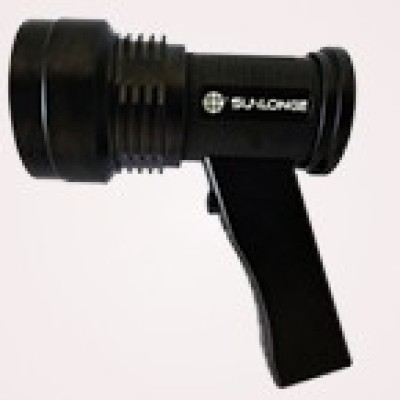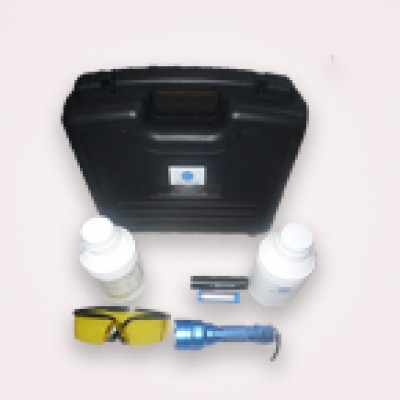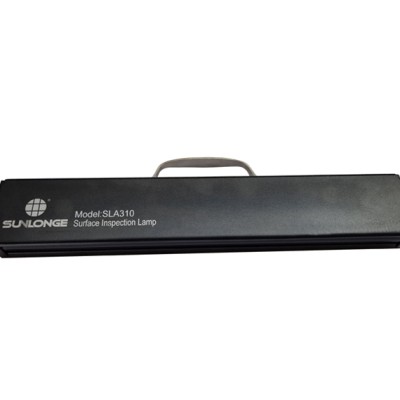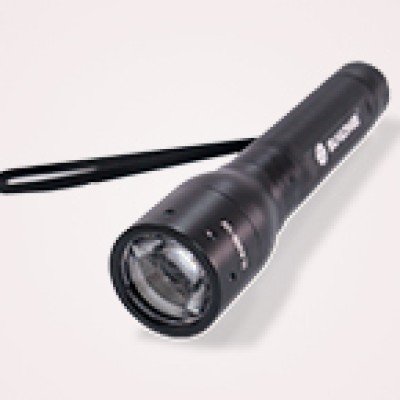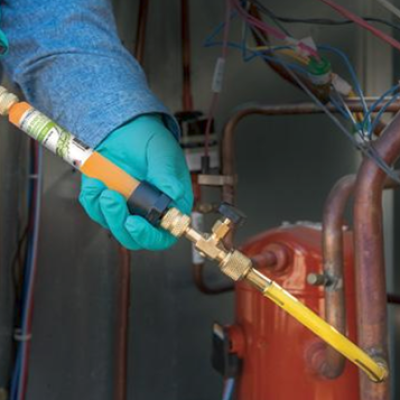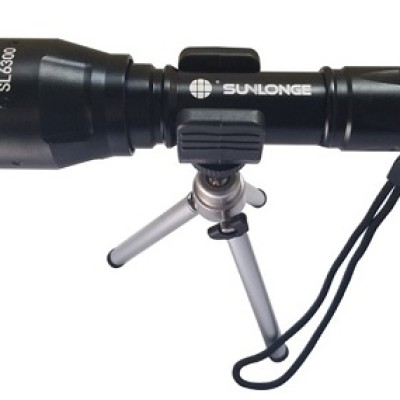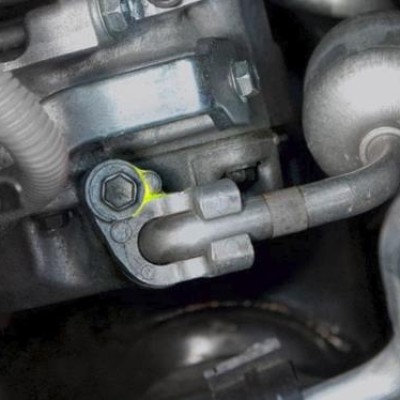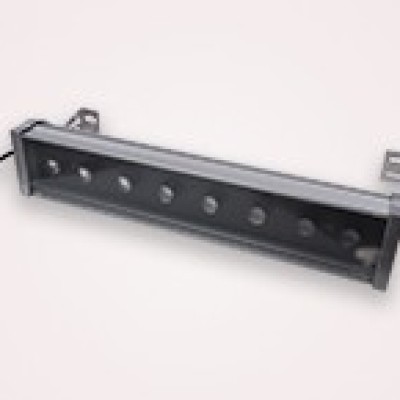Introduction
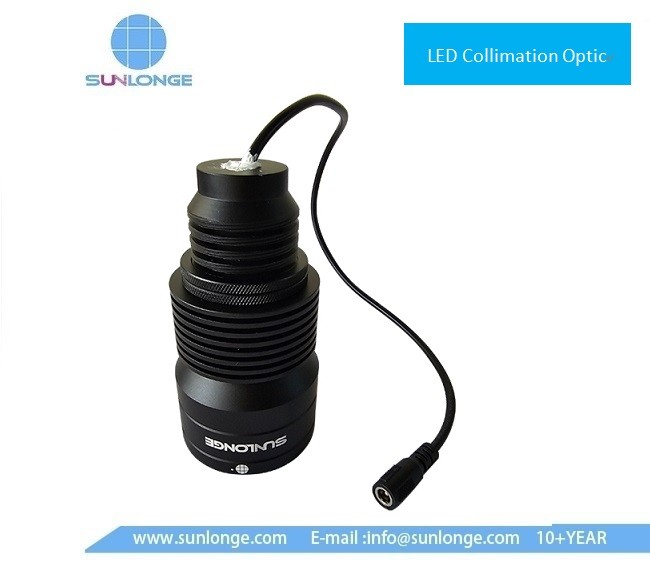
collimated LED light source
In the realm of precision imaging, such as machine vision, optical testing, and microscopy, light plays a pivotal role in producing accurate, reliable results. However, not all light sources are created equal. One type of light source that stands out in these fields is the collimated LED light source. These specialized LED systems are designed to emit light in parallel rays, offering numerous advantages for applications that require high beam uniformity, consistent directionality, and focused light patterns.
In this article, we will explore what collimated LED light sources are, their significance in various precision imaging applications, and why they are essential for achieving superior performance. Additionally, we will answer some frequently asked questions (FAQs) and provide key specifications in a convenient table for easy comparison.
What Are Collimated LED Light Sources?
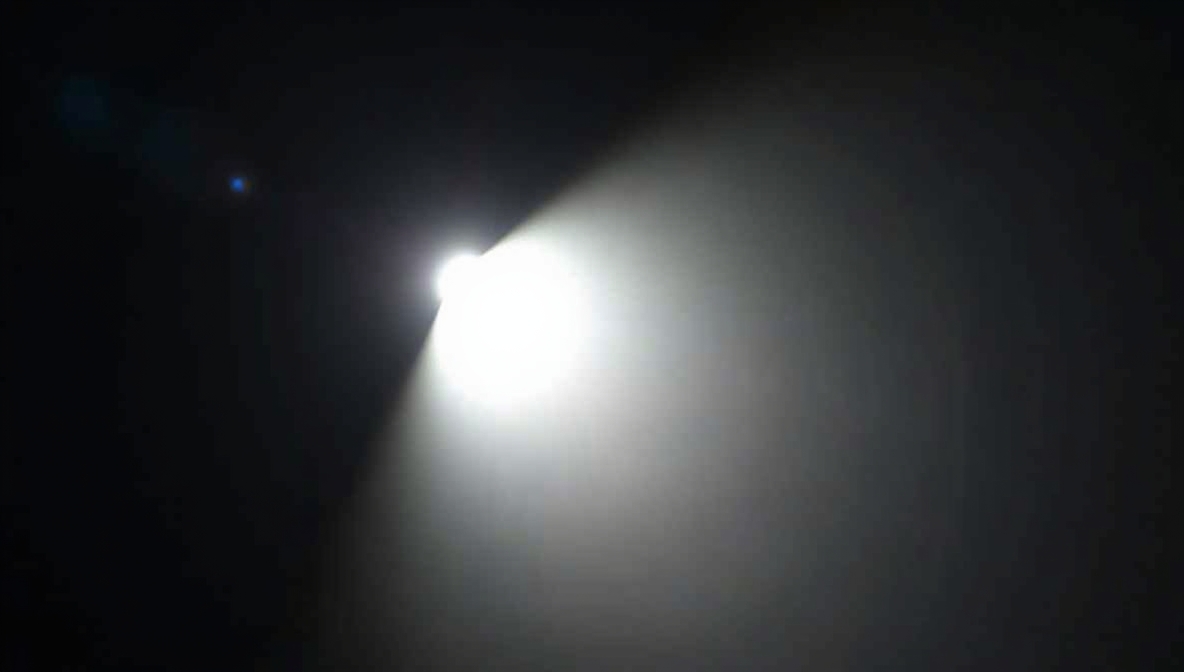
collimated LED light source
A collimated LED light source is an LED system designed to emit light in parallel rays, minimizing divergence or scattering of the beam. The term “collimated” refers to the fact that the light emitted from the source travels in a uniform, straight path without spreading out significantly over distance. This property is crucial in precision applications where consistent beam direction and focus are necessary.
How Collimation Works: The process of collimation involves the use of optical components, such as lenses or mirrors, to shape the light emitted from the LED into a collimated beam. These optical components help control the divergence of the light, ensuring that it remains in a narrow, focused pattern over a given distance.
Why Are Collimated LED Light Sources Important in Precision Imaging?
In fields like machine vision, optical testing, and microscopy, light is used not only to illuminate the subject but also to provide key information about the properties of the object being examined. The precise control over the direction and uniformity of light is critical in these applications. Here’s how collimated LED light sources are vital:
- Machine Vision:
In machine vision, the goal is to create high-contrast, well-illuminated images for accurate analysis. Collimated LED light sources are ideal for this task, as they provide even and uniform illumination without significant scattering. This ensures that the camera or imaging sensor captures clear, detailed images of objects in motion or in specific positions.
- Optical Testing:
When conducting optical testing, the precision of light delivery is crucial. Collimated light sources help reduce any distortions in the measurement of optical systems, allowing for better alignment, calibration, and accuracy in testing scenarios. Whether testing lenses, mirrors, or other optical components, collimated LED light ensures that the light entering the system is uniform and controlled.
- Microscopy:
In microscopy, especially in fluorescence or high-resolution imaging, collimated light is essential for focusing the light onto the specimen with minimal loss of intensity. It allows for precise control of light directionality, which is necessary for achieving sharp, high-contrast images in complex biological or material science studies.
Key Advantages of Collimated LED Light Sources
Collimated LED light sources provide a host of benefits over conventional, non-collimated light sources. Some of the most significant advantages include:
- Beam Uniformity: Collimated LED lights offer a consistent beam profile, ensuring that the intensity of light remains uniform across the beam’s width, which is essential for precision imaging.
- Directionality: The ability to focus light in a specific direction is crucial in applications where alignment and angle control are paramount.
- Enhanced Contrast: Collimated light increases contrast in imaging systems, making it easier to distinguish fine details in objects or specimens.
- Reduced Distortion: Collimated light reduces optical aberrations and distortions, offering clearer and more accurate results in optical testing and imaging.
- Compact and Efficient: Collimated LED light sources are often more energy-efficient than traditional light sources like incandescent bulbs or halogen lamps. Additionally, they tend to have a longer operational lifespan.
Applications of Collimated LED Light Sources
Here are some specific applications where collimated LED light sources excel:
- Machine Vision and Quality Control: Collimated LEDs illuminate objects with uniform intensity and clear directionality, essential for high-precision inspection and quality control in industries like automotive manufacturing and electronics.
- Microscopy and Medical Imaging: Collimated LEDs offer superior illumination for high-resolution imaging, making them ideal for advanced microscopy applications, including biological research and diagnostic imaging.
- Optical Testing and Alignment: Whether calibrating optical instruments or aligning laser systems, collimated LED light sources provide the accuracy and consistency needed for precise measurements and testing.
- Siliouetting in Industrial Applications: In certain machine vision setups, such as for part inspection or silhouette imaging, collimated LED light sources are used to create crisp, well-defined shadows and edges. This is essential for detecting defects, cracks, or irregularities in materials.
Q&A: Frequently Asked Questions About Collimated LED Light Sources
- How does collimated LED light compare to traditional light sources?
Traditional light sources like incandescent bulbs or halogen lamps emit light in all directions, requiring additional optical systems to collimate the beam. Collimated LED light sources, on the other hand, emit light in a controlled, parallel direction, offering better efficiency, uniformity, and precision.
- What types of lenses are used to collimate LED light?
To collimate LED light, convex lenses, aspherical lenses, or parabolic reflectors are commonly used. These optical elements focus the emitted light into parallel rays.
- Can collimated LED light sources be used in outdoor environments?
While collimated LED light sources are typically designed for controlled environments, they can be used outdoors with proper housing and weatherproofing. They are suitable for industrial applications that require precision lighting in outdoor or harsh conditions.
- What is the typical lifespan of a collimated LED light source?
Collimated LED light sources have a long lifespan, often exceeding 50,000 hours of continuous operation. Their durability is one of the key reasons they are preferred for precision applications.
- Are collimated LED light sources customizable?
Yes, many manufacturers, including Sunlonge, offer customizable collimated LED light sources to meet specific application requirements. This includes adjustments to beam size, intensity, and wavelength to suit particular optical setups or imaging systems.
Collimated LED Light Sources: Key Specifications
Here is a quick comparison of the specifications for collimated LED light sources from Sunlonge, Edmund Optics, Thorlabs, and Mightex Systems:
| Feature | Sunlonge Collimated LED | Edmund Optics | Thorlabs | Mightex Systems |
| Aperture Size | 22 mm | 25 mm | 20 mm | 22 mm |
| Beam Divergence | < 1° | < 1° | < 0.5° | < 0.5° |
| Wavelength Options | Customizable (RGB, UV, IR) | Broad Spectrum | Narrow Spectrum | Broad Spectrum |
| Power Output | Up to 10W | Varies | Varies | Up to 15W |
| Temperature Range | -20°C to 60°C | -20°C to 50°C | -20°C to 40°C | -30°C to 60°C |
| Collimation Accuracy | High Precision | Medium | High | Medium |
| Application | Machine Vision, Optical Testing, Microscopy | Industrial Imaging | Research, Testing | Medical Imaging, Research |
Conclusion
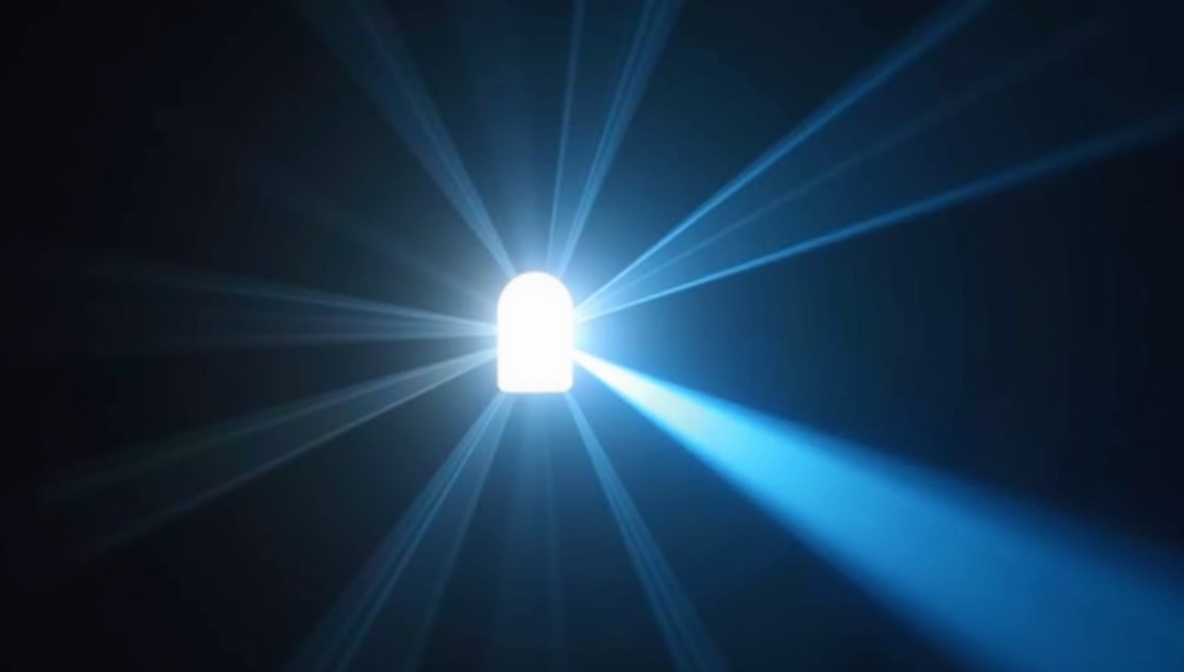
collimated LED light source
Collimated LED light sources are crucial for precision applications where light control and uniformity are paramount. Whether it’s for machine vision, optical testing, or microscopy, these light sources offer superior performance in terms of beam uniformity, directionality, and energy efficiency. With customizable options and long operational lifespans, they are an essential tool for achieving precise, high-quality imaging results in various industries.
At Sunlonge, we offer state-of-the-art collimated LED light sources designed to meet the needs of the most demanding applications. Explore our products here for more information.
 CN
CN

